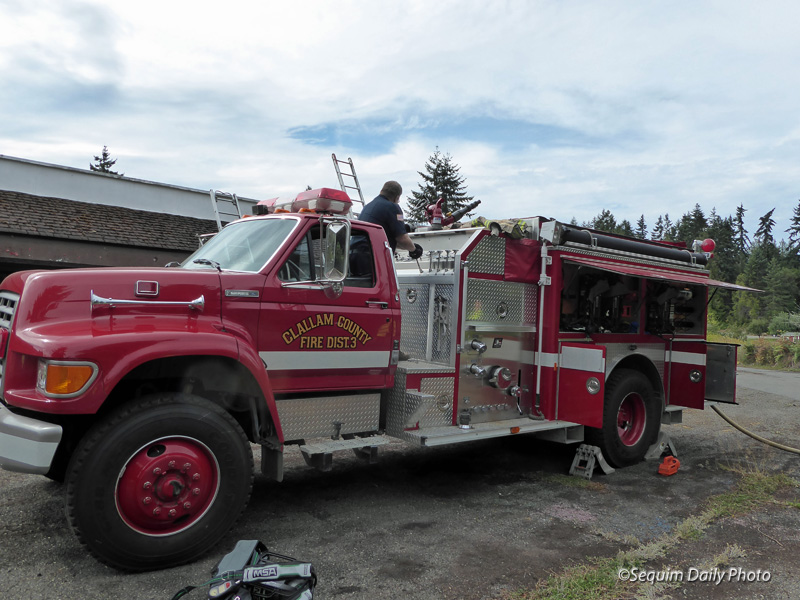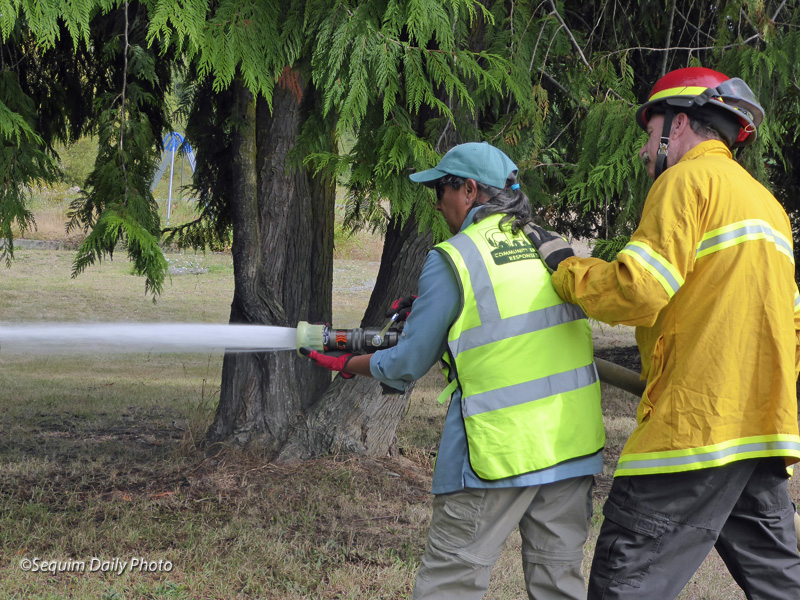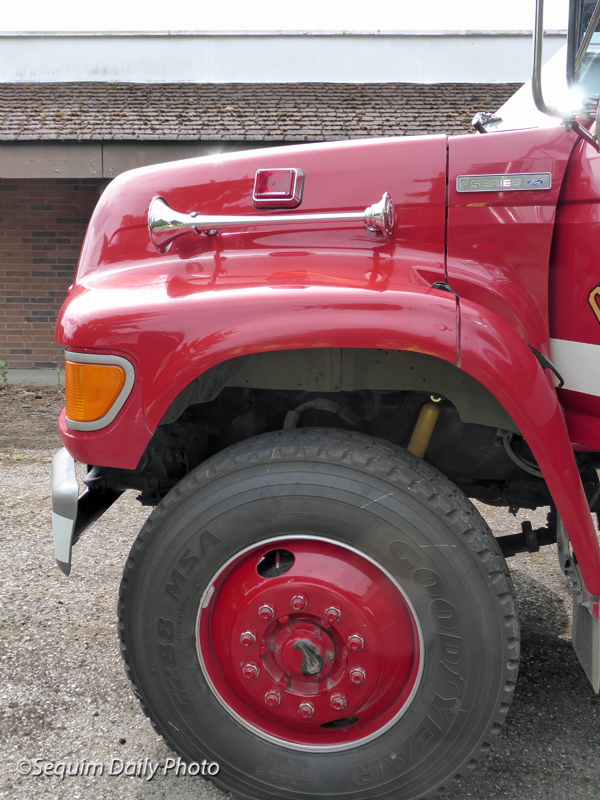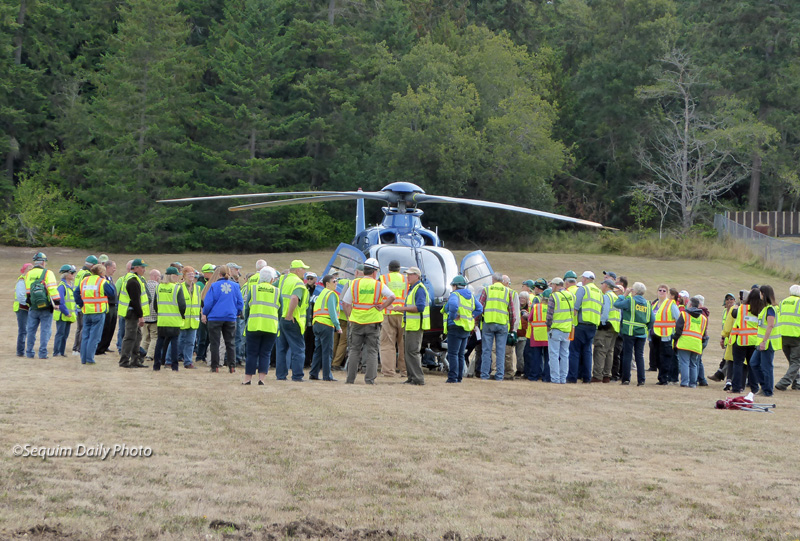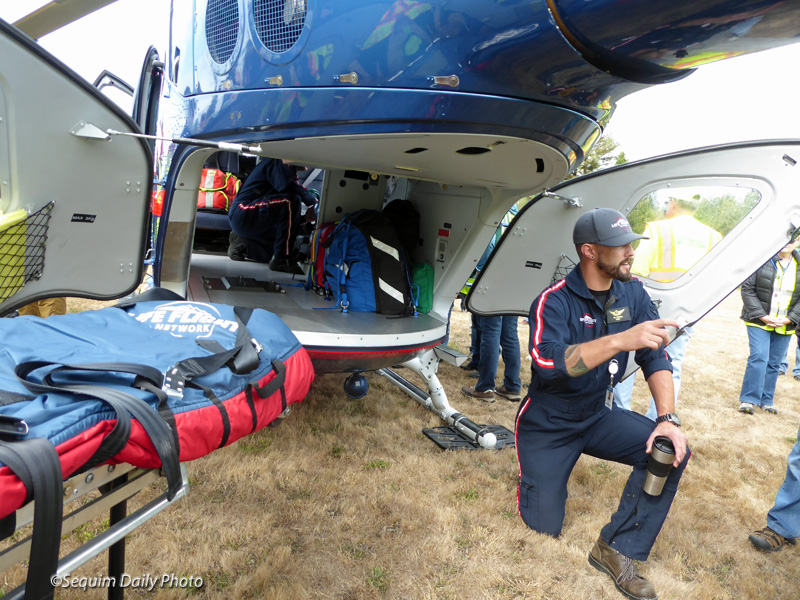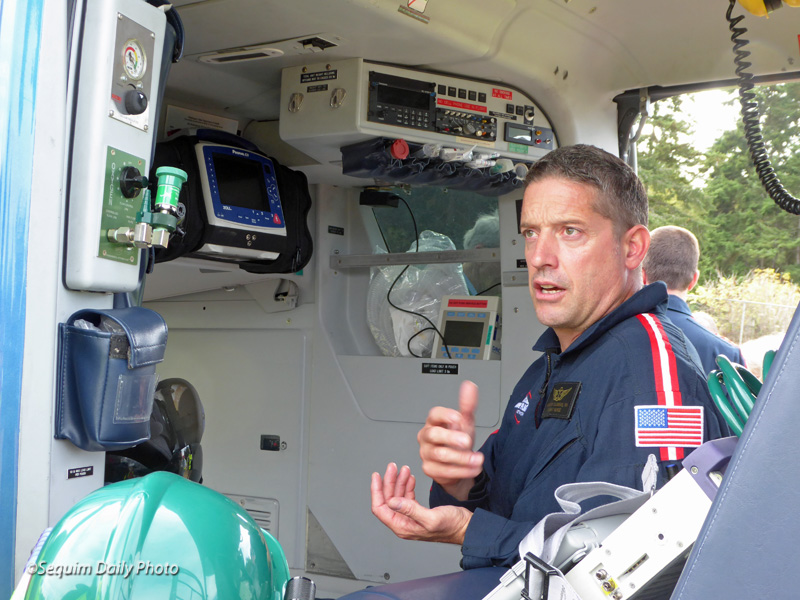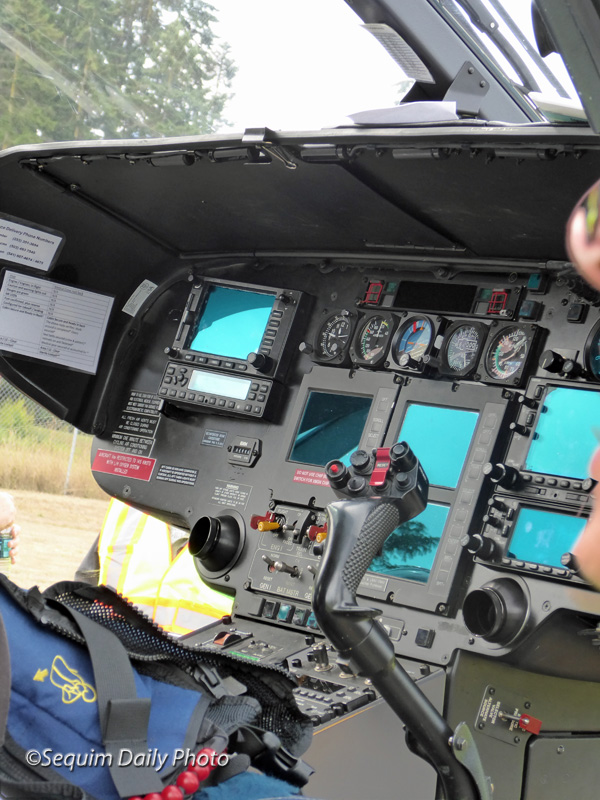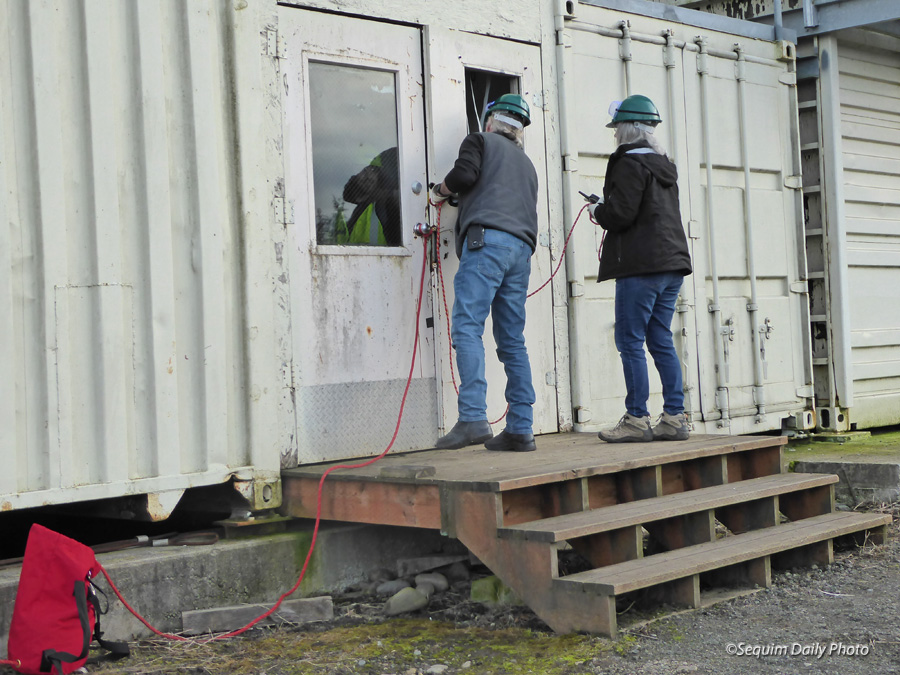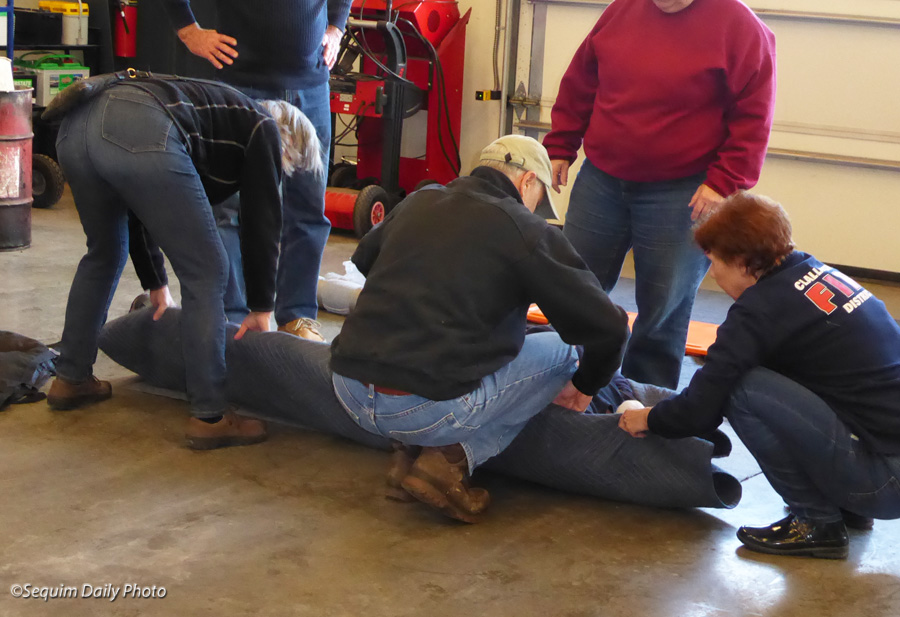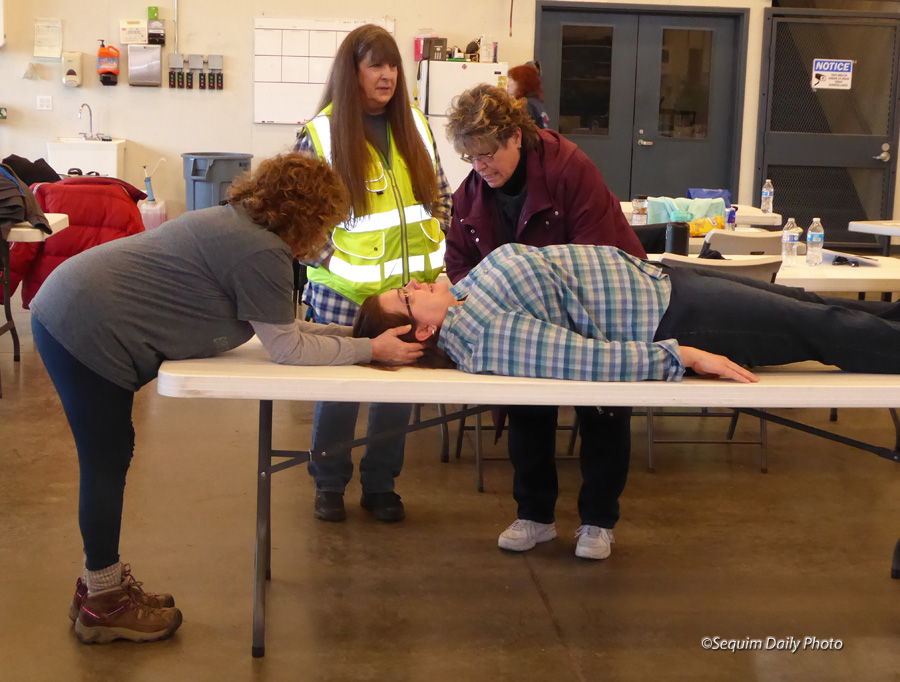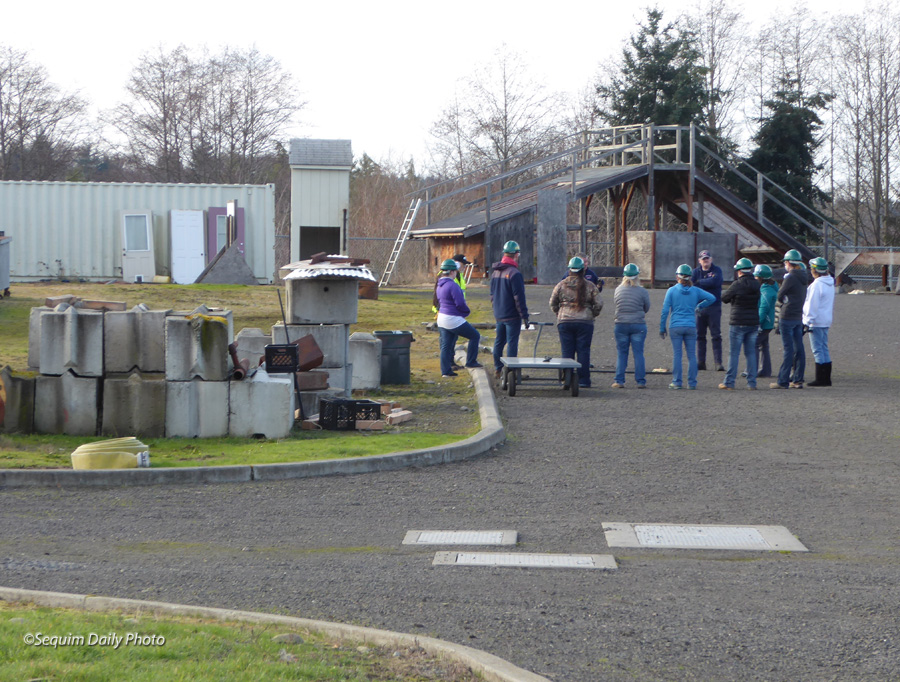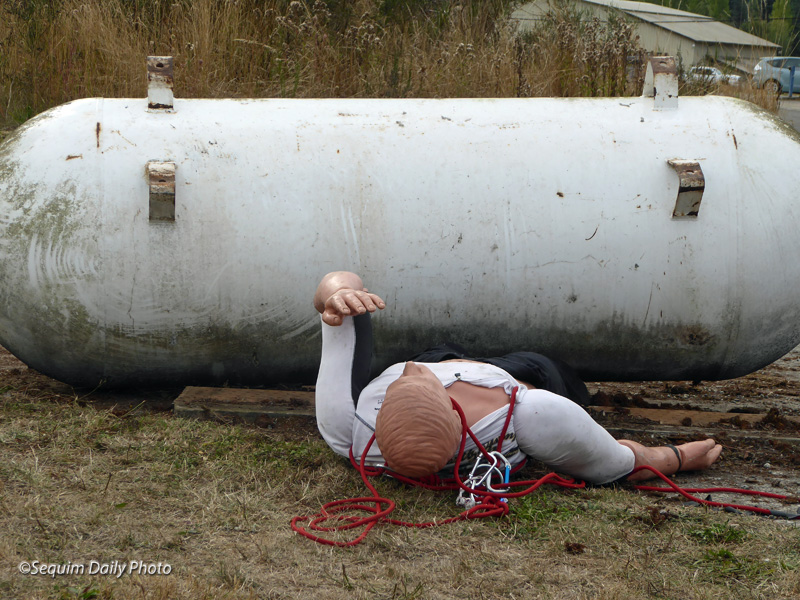
We had eight separate workshops at last Saturday’s Community Emergency Response Team (CERT) training event. We trained with our walkie talkie radios, learned about helicopter ambulance services, discussed squad tactics and much more. And then there was a cribbing exercise that tested technical skills and squad organization dynamics. This included a several hundred pound propane tank partly filled with water that had rolled onto our dummy victim. We had to use blocks and pry bars — cribbing — to raise the tank sufficiently to safely pull our 200 pound victim out.
Cribbing is a means of creating a strong temporary structure to stabilize and raise a heavy object. Click the link above to get a better visual idea of how it works.
We managed to crib, raise the tank, and pull out our victim. But I’m really glad it was just a drill. I won’t admit everything I did wrong but it didn’t support domestic harmony with my DH coworker who also caught himself out. I think we need more drills.
Remembering a big disaster this day, September 11, 2001, that wasn’t a drill and claimed the lives of so many, including the emergency workers who ran directly into harm’s way.
